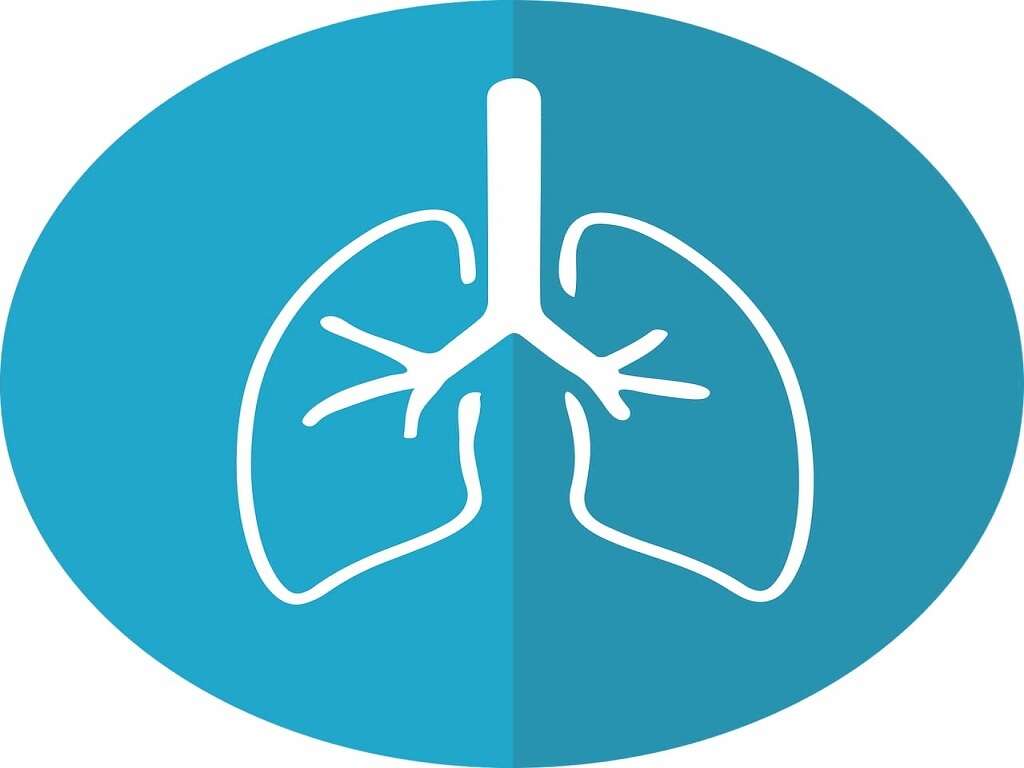What Is Flu B?
The flu, also known as influenza, is an infection that is caused by a flu virus. There are numerous types of viruses that cause the flu, and the viruses are not created equal. Some flu types cause mild symptoms, while others can cause someone to become very sick.
The four types of flu viruses are A, B, C and D. Type B is common and one of the types that causes the annual flu. Flu B causes a variety of symptoms, and there are numerous treatments to ease symptoms in people who are infected.

1. How Does Someone Catch Flu B?
The virus for flu B travels through the air in the form of moisture droplets. Infected individuals spread it by coughing, sneezing and even talking. Transmission from one person to another can happen in a couple of ways. One is to breathe in the droplets that are suspended in the air. Another method of transmission is by touching an object, such as a doorknob, phone or keyboard, that is covered in the virus droplets and then touching the mouth, nose or eyes.
After being exposed to the virus, the body develops antibodies against the virus. This makes one less susceptible to infection in the future. However, new strains of the flu virus are constantly evolving, so having antibodies towards one strain does not necessarily mean the person will not be infected by another virus strain.

2. What Are the Symptoms of Flu B?
Flu B can cause a myriad of symptoms. One of the most common signs is a fever. This virus can cause a fever spike of as high as 106° F, although fevers tend to be lower in adults than in children. It is common for a fever to last up to three days. Other common body symptoms include body aches, chills, weakness and fatigue. Stomach symptoms are also common with flu B. These include appetite loss, abdominal pain, nausea and vomiting.
The flu virus also causes respiratory infection, and the symptoms of this tend to appear after the fever diminishes. People with the flu often complain of a runny nose, congestion, cough and sore throat. Most of the respiratory symptoms last about a week, although the cough may last longer.

3. What Types of Medical Treatment Are Available for People with the Flu?
Most cases of flu B do not require medication, but meds may be used to help ease symptoms. There are some prescription flu drugs, and they are most effective when taken within the first two days of developing symptoms. Over-the-counter meds are more common for symptom relief. A decongestant will shrink inflamed mucous membranes in the nose, which helps one breathe easier. Nasal sprays are also effective with improving the ability to breathe.
If flu symptoms are impairing the ability to sleep, there are cold medications that are also sleep aids. Check with a doctor before giving OTC meds to a young child, as there can be complications. Antibiotics are not effective against the flu. Antibiotics are designed to get rid of bacterial infections, so they have no use against viruses. However, if the flu virus leads to a bacterial infection, then a doctor would probably prescribe an antibiotic for that condition.

4. Are There Home Remedies to Help Manage Flu Symptoms?
Some of the best ways to manage flu symptoms are at-home remedies. One of the most important things is to drink clear fluids. Examples are water, hot decaffeinated tea and clear broth; these help loosen mucus and prevent dehydration. It is also imperative to get extra sleep, as this is when the body does the best healing. Using a humidifier to boost the amount of moisture in the air helps reduce congestion and sore throat pain.
Gargling with salt water is also a good way to ease a sore throat. For sinus pain or headache, placing a warm washcloth over the nose and forehead is helpful. For a sore throat or cough, there are numerous lozenges that are effective. For natural options, look for those that contain slippery elm, zinc or echinacea. It is also a good idea to up intake of vitamin C to support the immune system.

5. How Is Flu B Different from a Cold and How Long Is It Contagious?
Both the flu and cold are illnesses of the respiratory system, and some symptoms are the same. However, they are caused by different viruses. The cold virus only infects the upper respiratory tract, while the flu infects both upper and lower tracts. Colds also tend to have less severe symptoms.
The worst symptoms of the flu typically last three to four days, although full recovery often takes seven to 10 days. Someone is contagious around 24 to 72 hours after getting infected with the virus, and often symptoms have not appeared yet. Unfortunately, this means that many people spread the virus without even knowing it because they feel fine. The virus is no longer contagious 24 hours after the fever is gone.

6. How Does Flu B Differ from the Other Flu Types?
Among the four flu viruses, flu D is the only one that does not affect humans, as it is only present in cattle. Flu C is found in pigs and people. This type is less severe than A or B, so symptoms are mild or non-existent, and it is not the cause of flu pandemics. Flus A and B are similar in terms of indicators, as both cause body, stomach and respiratory symptoms. The biggest difference between the two of them is flu B usually affects people later in the season than flu A, as the B type normally appears in the spring.
Flu A has almost 200 subtypes, and the strains change more frequently than for B. The A virus is also more common than B, although this is not the case every year. The B virus causes more severe infections in younger children.

7. Are Certain Groups at Higher Risk of Getting Flu B?
As with any infection or illness, people who have weaker immune systems tend to be at higher risk of getting the flu. There are also groups of people who are at higher risk of experiencing severe symptoms and complications. Age is a factor, as high-risk groups include adults who are older than 64 and children younger than 5. Women who are pregnant are at higher risk, as are those in their first two weeks of postpartum.
Native Americans, including Alaska Natives and American Indians, and people with chronic conditions are considered to be at higher risk than much of the population. For people in these risk groups, and for those whose symptoms are not going away, there is a higher chance of complications. People who fall into these categories should seek immediate medical attention at the first sign of flu B to reduce the risk of further problems.

8. Are There Complications of Flu B?
Although most cases of flu B clear up on their own, there are complications associated with it, especially in high-risk groups. Pneumonia is a common complication for the elderly and individuals with chronic illnesses. Because the flu virus targets the lungs, bacteria can increase quickly in the airways, and this leads to bacterial pneumonia. Other complications related to respiratory symptoms include sinus infections, bronchitis and ear infections.
Myositis, which is muscle inflammation, is a complication that occurs mostly in children. Reye’s syndrome, which is a neurological disease that causes confusion, delirium and vomiting, also occurs in children and adolescents. This is often caused when aspirin is used to alleviate flu symptoms. A rarer complication is encephalitis, which is inflammation of the brain that causes headaches, seizures, drowsiness or coma.

9. When Should Someone See a Doctor for the Flu?
For most people, a visit to a health care provider is not necessary. However, there are exceptions. Anyone in the high-risk category should make an appointment right away to prevent more serious complications. A doctor’s visit is also called for if a young child or infant has flu symptoms or a high fever. Someone should see a doctor if the symptoms remain longer than a week or if the fever does not subside after three days.
Because pneumonia is a common complication, an appointment should be made if associated symptoms are present. These include difficulty breathing, vomiting, persistent cough, painful swallowing, relentless headache or persistent congestion. With certain symptoms, a doctor may be able to prescribe medication to reduce symptoms and prevent the condition from getting worse.

10. Can Someone Prevent Flu B?
Although the flu is not completely preventable, there are steps someone can take to reduce exposure. One of the best ways is to practice good handwashing techniques. Wash hands with soap and water after touching objects, before eating, after touching the face, and after coughing or sneezing. If water is not available, an alcohol-based gel works. If someone sneezes or coughs, it should be done into the elbow or a tissue. Wipe down surfaces frequently, as viruses can live on them for up to 24 hours.
Keeping the immune system strong is important. Even when feeling healthy, take vitamins C and D and avoid immune suppressing foods, such as sugar and processed items. Exercise also helps, as people who regularly stay active tend to have less severe symptoms if they do catch the flu virus.












